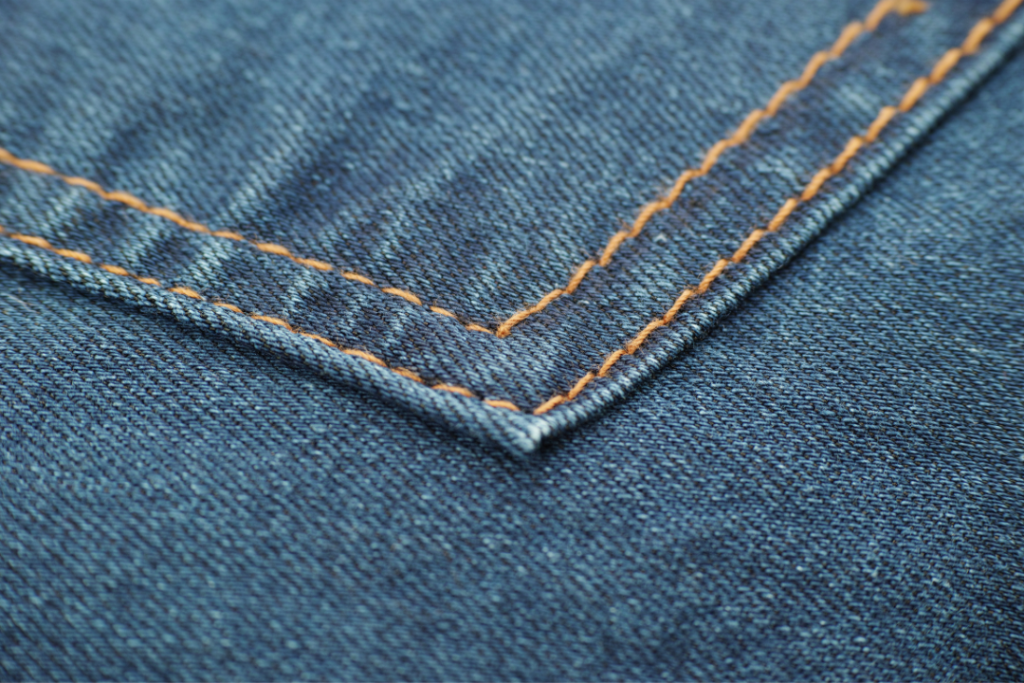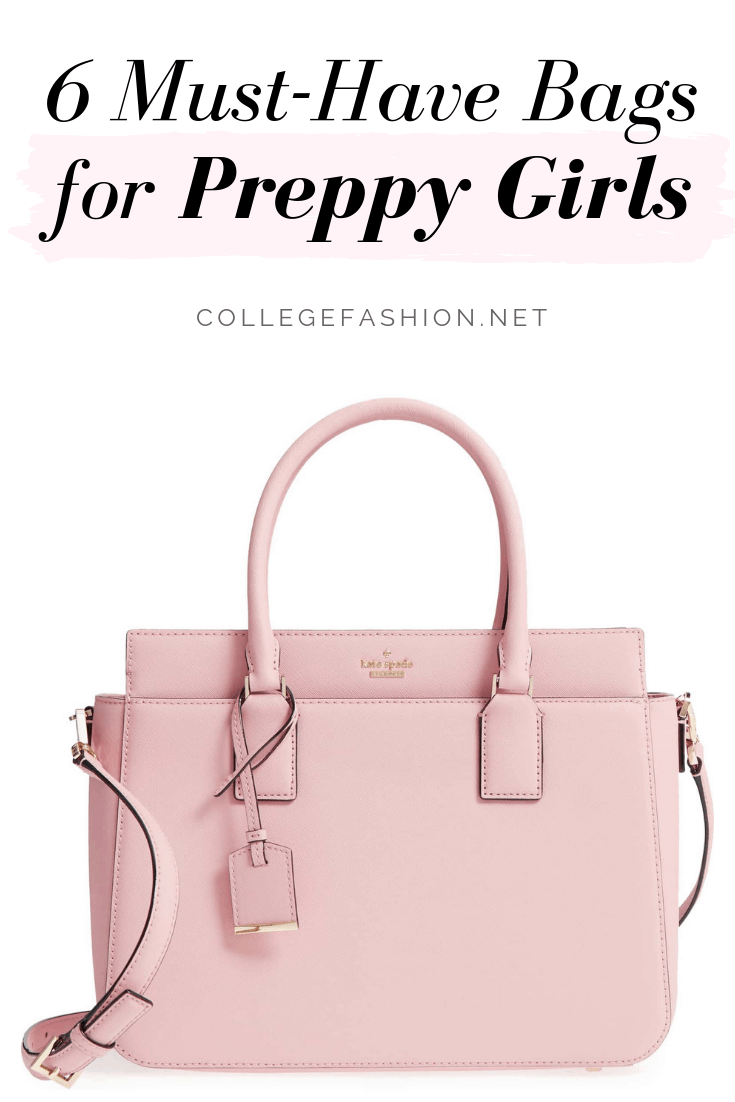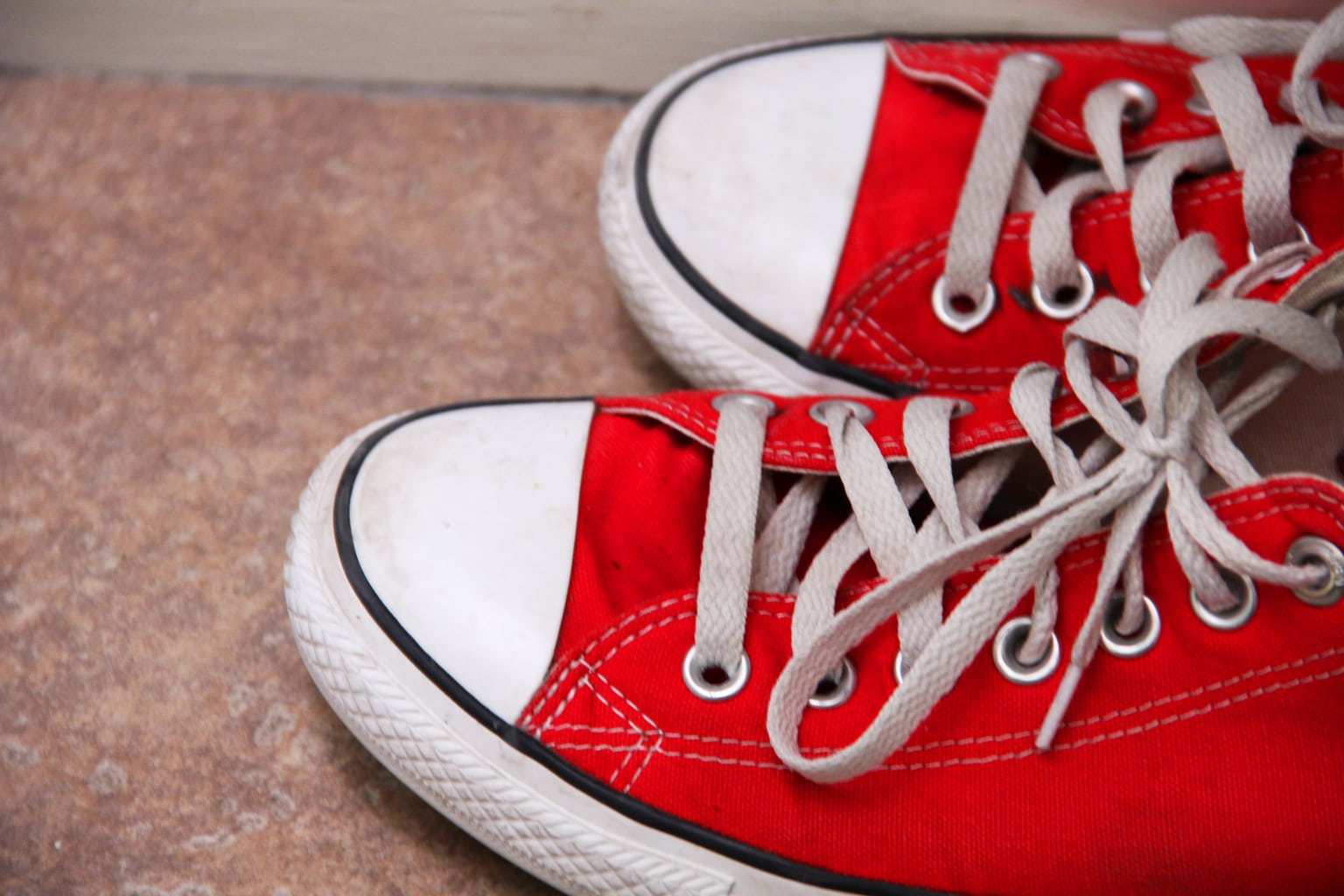The Shopper’s Guide to Fabric: Natural Fibers

When you’re shopping for clothes it’s important to take a lot of factors into account: the cut, color, pattern, drape, and most importantly, the fit. But it’s also important to think about the kind of fabric you’re buying so that you can buy things that not only fit great today, but will last.
Below, I’ll give you guys a basic intro to fabric and show you what the best fabrics are for your money. If you haven’t learned about fabric before, this knowledge will be invaluable, whether you’re shopping at the mall or making your own clothes.
Table of Contents
Fabric and Fibers 101
Before we talk about fabric, we have to first understand fibers. A fiber is a long and thin strand or thread of material used to create fabric. There are many kinds of fibers used in clothing, some of which are man-made and some of which occur in nature. This article will deal just with natural fiber fabrics. Check back soon for an overview of synthetic, AKA man-made fabrics.
Fibers are made into fabric two ways: weaving or knitting.
Woven fabric is made with two sets of yarn, which consist of spun fibers, crossing over and under each other like the construction paper weaving you did in elementary school. Some examples of woven fabrics are denim, twill, velvet, and corduroy.
Knits are created by repeatedly knotting yarn in one direction. Some examples of knits are jersey and rib knits.
What makes good fabric?

Fabric can be judged on many criteria, including appearance, colorfastness, strength, durability, absorbency, drape, wrinkling, pilling, and required care. Knowing the characteristics of fabrics in a certain garment can help you make smart decisions about which pieces to invest in and which to save on.
In general, if it is not made of high-quality fabric, it shouldn’t be an investment piece. This is not to say, however that you should never buy pieces made with inexpensive fabrics, but it’s important that you know what you’re buying. So get in the habit of reading the care labels on clothes before you buy. If you cannot or don’t want to take care of it the way the label suggests, pick something else – the fabric will respond best to their care instructions.














